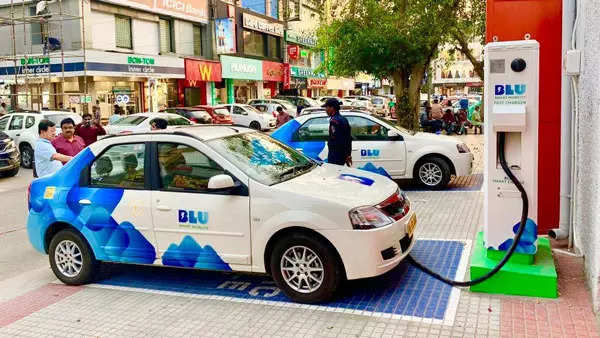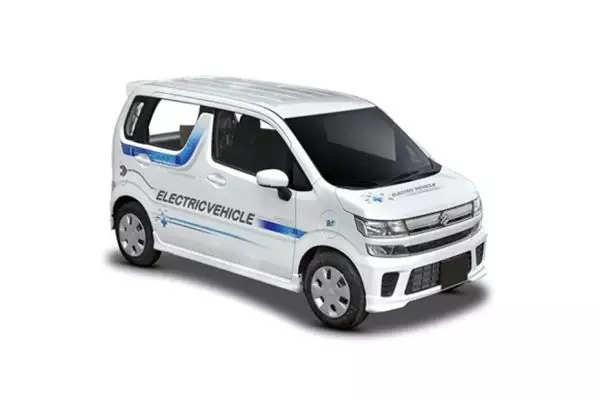
Thirty five year old Anmol Singh Jaggi, the founder and CEO of BluSmart Mobility–India’s largest electric ride hailing company, is a man in a hurry. Starting out with just 70 cars in mid 2019, Blu-Smart now has 685 cars on the road in Delhi-NCR region and with the bumper 3500 car deal with Tata Motors earlier this year, hopes to end this fiscal at over 2000 cars.
This is only a start. Over the next few months the company will go beyond Delhi NCR to enter two more tier I cities in the country. It has aggressive fund raising plans too. After the $ 25 million Series A round in September that saw the addition of BP Ventures to its list of investors, the company is gearing up for a bigger round next year. By 2025, it plans to invest $ 1 billion towards capacity and operational expansion and development of charging infrastructure. From today’s 685 cars, Jaggi expects the fleet to expand to over 100,000 cars by then.
There is one big hurdle though. Lack of options for electric four wheelers. Besides the luxury car segment, there are only four EV models available in the country–Tata Tigor, Nexon, Hyundai Kona and MG ZS. The cheapest is the Tigor that starts at INR 12 lakh. This puts EVs at a disadvantage when compared to conventional fleet cars like Wagon R & Hyundai i10 that are significantly cheaper.

“I would have really loved if there was a small electric car for INR 6 lakh in the market today. I will put my neck out and say if somebody can bring such a car, for example if Maruti can bring in the Wagon R electric for that price, I would be the first in the queue with a 10,000 unit order,” Jaggi says. “If you look around in the cities today you will actually see Wagon R is the ubiquitous taxi but we do not have an electric version. If we do, it will substantially expand the market for us. We would be thrilled and so would our investors.”
With the runaway prices of diesel and petrol, the tide is already in favor of electric taxis as far as operational costs are concerned. But the lack of options for a car that is priced at par with a small car is a constraint.
“What happens is that with a INR 10 lakh car we have to charge INR 17-19 per kilometer because only then is it feasible for business. If we have an electric car for INR 6 lakh then we can slash prices to INR 10-12 per kilometer. Imagine how the market will expand once that happens,” he adds.
Even without a mass market sub INR 10 lakh car, EVs have taken off in the shared mobility segment thanks to the rising prices of petrol, diesel and even CNG. Jaggi says BluSmart is inundated with requests not only from drivers willing to join the space for the first time but also from those working with other cab aggregators like Ola and Uber. Unlike the two, BluSmart has an asset heavy model and owns the vehicles themselves which it says helps them in delivering consistently good quality service.
“It is clear that the future is electric for automobiles in general and for shared mobility it will happen sooner. On a unit economics perspective, an electric car still costs about INR 2 lakh more compared to a comparable diesel car which translates to about INR 5,000 more in EMI but the savings is INR 20,000 per month for diesel and INR 10,000 per month for CNG. So the dice is loaded heavily in favor of electric,” he says. “A few years ago, the difference in price used to be INR 4-5 lakh while petrol and diesel as fuels were very competitively priced so the unit economics were starkly different.”
“It is only logical that Ola and Uber will also join the league. But we are secure. An asset light model can never deliver the kind of service experience that we offer,” he adds.
Also Read:
















